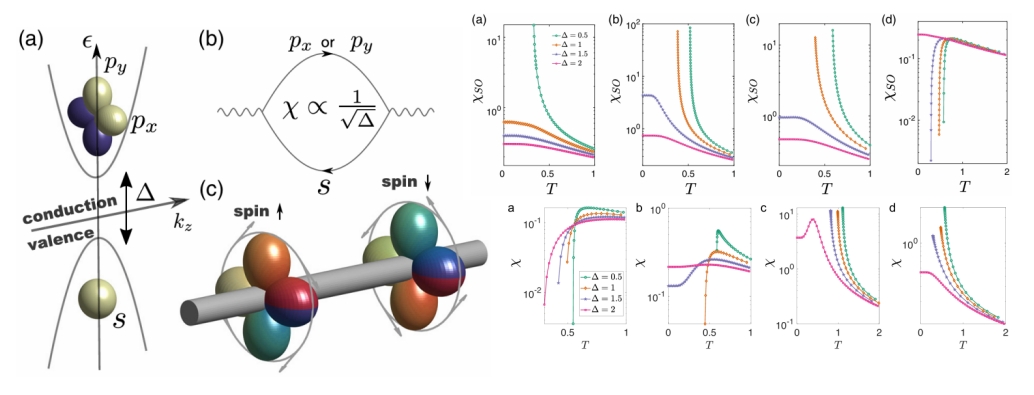The phenomenon of chiral induced spin selectivity has been observed in a broad range of chiral molecules from DNA and protein to peptides and Helicene. One natural explanation of this phenomenon is that the electrons in these molecules exhibit strong spin-orbit couplings. However, such molecules as DNA and protein mainly consist carbon, hydrogen, nitrogen, and oxygen atoms, all of which are expected to produce quite weak spin-orbit couplings only—from the fundamental quantum electrodynamics only heavy atoms could exhibit strong spin-orbit interaction. Our theory of spontaneous spin-orbit coupling, which was developed in the quantum simulation setting to model certain anomalous behavior of spinor bosons in optical lattices, is applied to the system of electrons in chiral molecules. We consider a setup with the electronic valence and conduction bands of the one-dimensional chain molecule having s- and p-orbital character, respectively. This theory has a diverging susceptibility towards forming electron-hole pairing. Out of the numerous pairing channels, we identify a time-reversal symmetric spin triplet channel, from which a spontaneous spin-orbit interaction emerges out of many-body correlations. Through this mechanism, we show that the naturally-existing weak spin-orbit interaction with carbon atoms can be dramatically amplified by interaction effects to the order of tens of mili-electro-votes, which suffices to model the observed CISS at room temperature. This is one example of quantum simulation theory unveiling a microscopic mechanism for a mysterious phenomenon discovered in nature.
